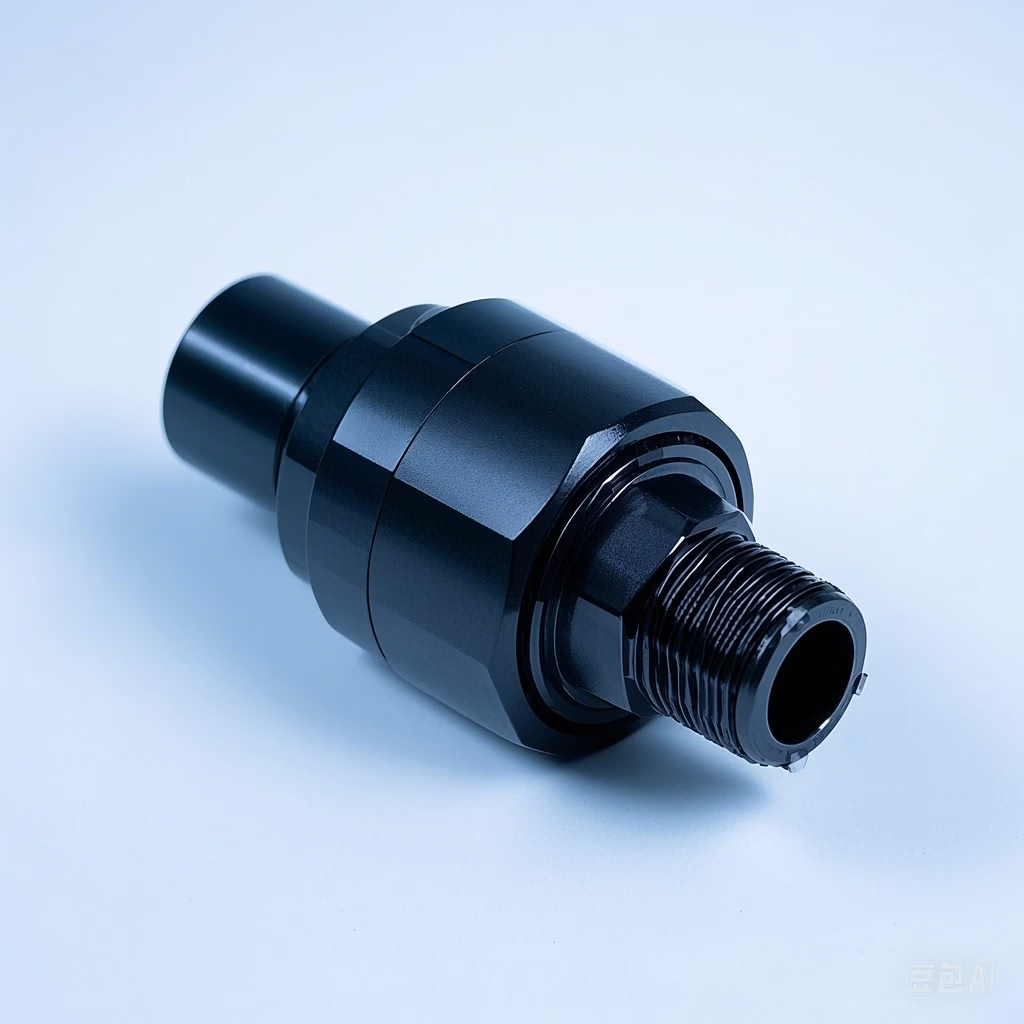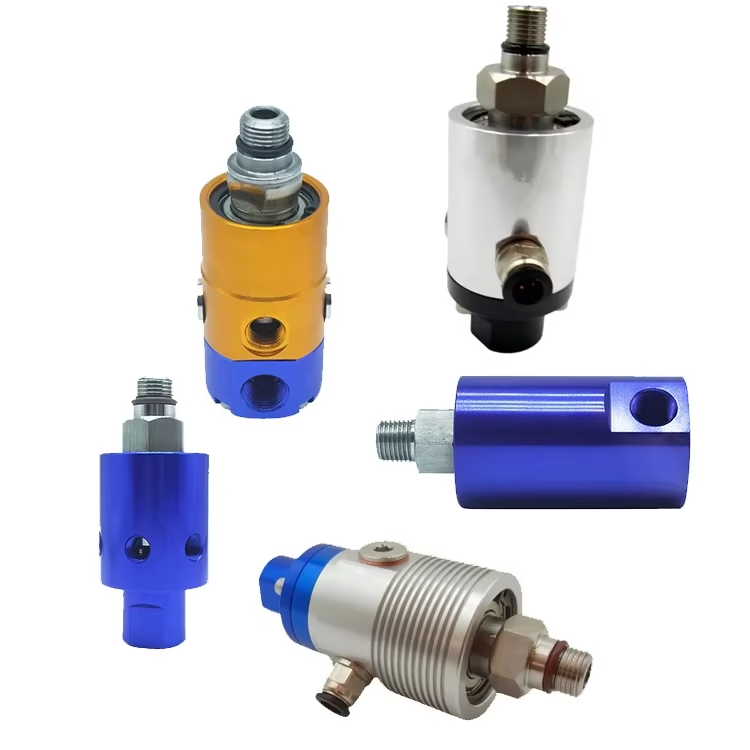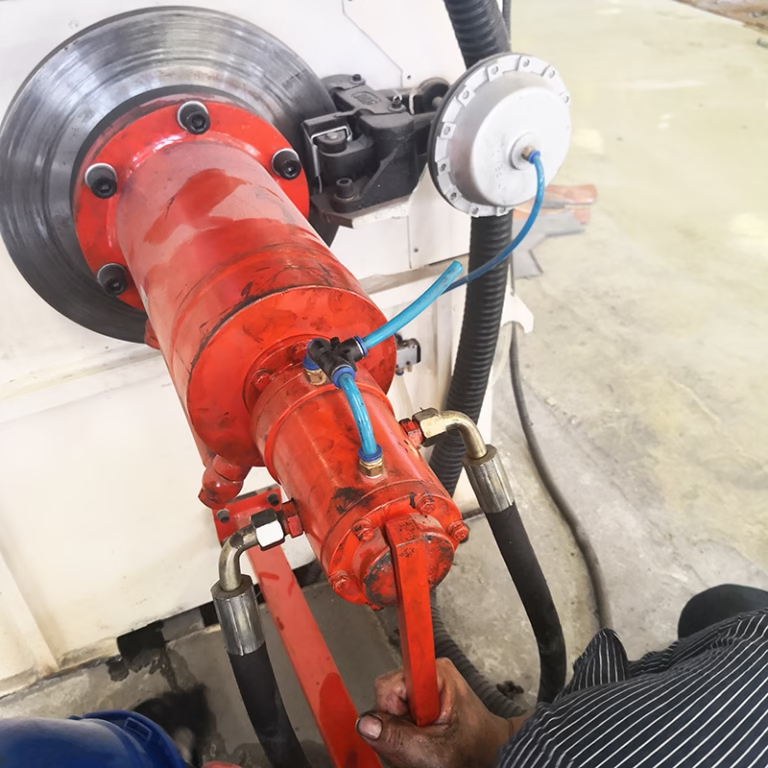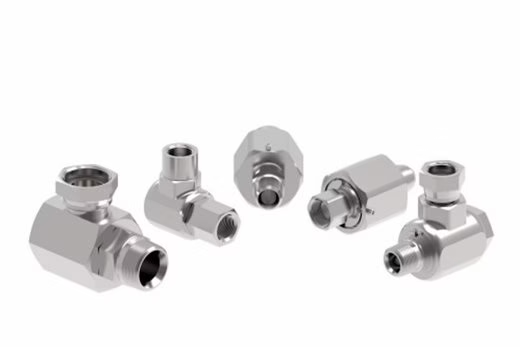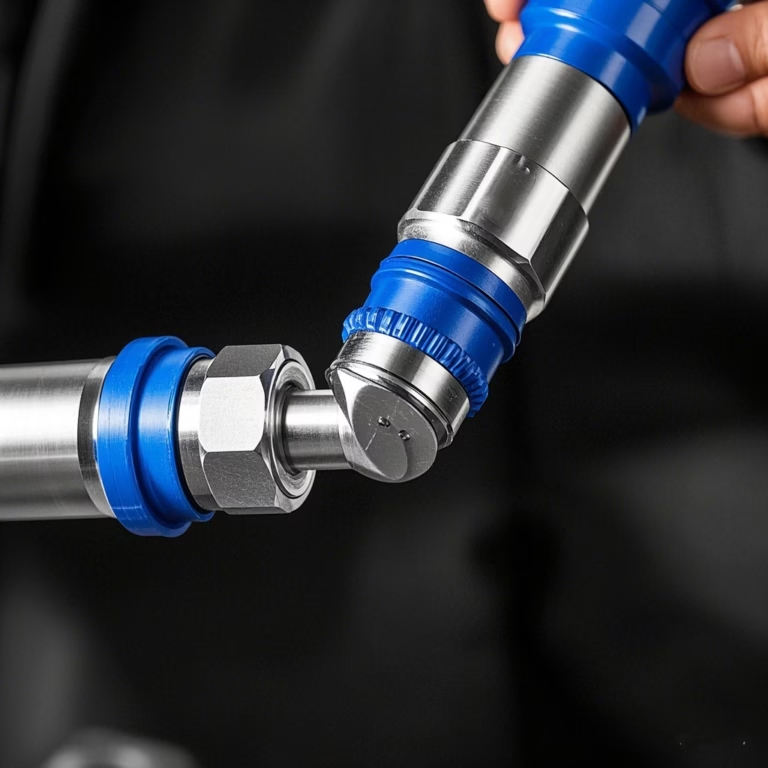The Ultimate Guide to Steam Rotary Joints: Enhancing Industrial Efficiency and Performance
The Ultimate Guide to Steam Rotary Joints: Enhancing Industrial Efficiency and Performance Table of Contents
1. Introduction to Steam Rotary Joints
1.1 Definition and Basic Functionality
Steam rotary joints are precision-engineered devices designed to transfer steam between stationary piping systems and rotating machinery components while maintaining continuous sealing integrity. These devices are critical in applications requiring heat transfer, condensation management, and rotational motion synchronization.
1.2 Importance in Industrial Applications
In industries such as papermaking, textiles, and chemicals, steam rotary joints enable efficient thermal energy transfer. They ensure continuous operation by preventing steam leakage and maintaining optimal working temperatures. This capability directly impacts product quality, production efficiency, and energy consumption.
2. How Steam Rotary Joints Work
2.1 Core Components and Design
Typical components include:
Seals:
Seals are a critical component of steam rotary joints. They are responsible for preventing steam leakage, ensuring that the steam goes precisely where it needs to go within the system. Common types of seals in steam rotary joints include mechanical seals and gland packing. Mechanical seals, such as those made of carbon graphite, offer excellent sealing performance, with low friction and high resistance to wear and high temperatures. Gland packing, on the other hand, consists of fibrous materials that wrap around the shaft to create a seal. The choice of seal depends on factors such as the operating pressure and temperature of the steam, as well as the specific requirements of the application.
Bearings:
Bearings support the rotating parts of the steam rotary joint, allowing for smooth and efficient rotation. They help to reduce friction and wear between the moving components, ensuring the longevity of the joint. Roller bearings, such as ball bearings and roller bearings in steam rotary joints. Ball bearings are well-suited for applications where high-speed rotation is required, as they offer low friction and high precision. Roller bearings, on the other hand, can handle heavier loads and are often for applications with more substantial radial or axial forces.
Shaft:
The shaft is the central component of the steam rotary joint through which the steam passes. It withstands the high temperatures and pressures of the steam, as well as the mechanical stresses associated with rotation. Shafts are typically made of materials such as stainless steel or alloy steel, which offer high strength and corrosion resistance. The shaft may have a smooth surface finish to minimize friction and ensure the efficient flow of steam.
Housing:
The housing of the steam rotary joint encloses and protects the internal components. It provides a structural framework for the joint and serves as a connection point for the steam inlet and outlet pipes. Housings are usually made of materials like cast iron, steel, or stainless steel, depending on the application requirements. They are robust and durable, capable of withstanding the harsh operating conditions of steam-based systems.
2.2 Operational Mechanism
Steam enters through stationary inlet ports, travels through rotating passages, and exits via outlet ports. Condensate removal systems (e.g., rotating siphons) manage fluid discharge while maintaining pressure balance. Advanced designs incorporate thermal barriers to minimize heat transfer between internal and external components.
3. Types of Steam Rotary Joints
3.1 Single and Dual Passageway Designs
Single Passageway: Simple steam transfer for basic applications
Dual Passageway: Simultaneous steam supply and condensate removal
3.2 Self-Supported vs. Customized Solutions
Self-Supported: Pre-engineered for standard applications
Customized: Tailored for specific pressure, temperature, and rotational speed requirements
3.3 Material and Seal Technology Variations
Material Options: Stainless steel, carbon steel, or nickel alloys for corrosion resistance
Seal Technologies: Balanced mechanical seals, labyrinth seals, or face seals
4. Key Applications Across Industries
Manufacturing Industry
Plastics Manufacturing:
In plastics manufacturing, steam rotary joints in injection molding machines and plastic extrusion processes. Steam is transferred to heating elements within the machines to melt and shape the plastic materials.
The precise control of steam flow provided by the rotary joints ensures consistent heating, resulting in high-quality plastic products with uniform properties. For example, in the production of plastic pipes, steam rotary joints enable the efficient heating of the extrusion dies, allowing for smooth and accurate shaping of the pipes.
Metalworking:
In metalworking processes such as forging and heat treatment, steam rotary joints play a role in transferring steam to heating chambers or furnaces. Steam can preheat metal parts before forging to improve their malleability or for heat-treating operations to enhance the mechanical properties of the metals.
The reliable operation of steam rotary joints in these applications is crucial for ensuring the quality and integrity of the metal products.
Power Generation Industry
Steam Turbines:
Steam rotary joints are essential components in steam turbines, which are widely used in power plants to generate electricity. The steam from the boiler to the turbine through the rotary joints. The joints transfer the steam to the rotating blades of the turbine, where the thermal energy of the steam is converted into mechanical energy, which in turn drives the generator to produce electricity.
The high-performance requirements of steam turbines demand highly reliable steam rotary joints that can handle high-pressure and high-temperature steam while maintaining efficient operation.
Combined-Cycle Power Plants:
In combined-cycle power plants, which use a combination of gas turbines and steam turbines to generate electricity, steam rotary joints are into the steam cycle part of the process.
They help in the transfer of steam between different components of the steam system, such as from the heat recovery steam generator to the steam turbine, contributing to the overall efficiency of the power generation process.
Food and Beverage Industry
Food Processing:
In food processing, steam rotary joints are used in various applications such as cooking, baking, and drying. For example, in a commercial bakery, steam rotary joints are used to transfer steam to ovens for baking bread and pastries.
The steam helps to create a moist environment, which is essential for achieving the desired texture and crust on the baked goods. In food drying processes, steam rotary joints are used to transfer steam to drying drums or belts, facilitating the removal of moisture from the food products.
Beverage Production:
In the beverage industry, steam rotary joints are used in the production of products such as beer, wine, and soft drinks. Steam is used for heating and sterilization processes. For instance, in the brewing process, steam rotary joints are used to transfer steam to the brewing kettles and fermentation tanks for heating the wort and sterilizing the equipment. The accurate control of steam flow provided by the rotary joints ensures consistent product quality.
Paper and Textile Industry
Paper Manufacturing:
In paper mills, steam rotary joints are for multiple stages of the paper-making process. They transfer steam to drying cylinders, which are crucial for removing moisture from the wet paper web. The efficient transfer of steam through the rotary joints ensures that the paper dries evenly, resulting in high-quality paper products. Steam rotary joints are also for other processes in the paper mill, such as in the heating of pulp and the operation of certain paper-finishing machines.
Textile Manufacturing:
In the textile industry, steam rotary joints are for processes such as fabric dyeing, printing, and finishing. Steam is for heating dye baths, drying fabrics, and setting the colors and finishes. The steam rotary joints enable the precise transfer of steam to the various equipment used in these processes, ensuring consistent results and high-quality textile products.
5. Steam Rotary Joint Selection Guide
5.1 Performance Parameters to Consider
Technical Specifications of Steam Rotary Joints
Maximum Steam Pressure:
The maximum steam pressure that a rotary joint can handle is a crucial specification. It determines the upper limit of the pressure at which the joint can operate safely and effectively. Different models of steam rotary joints are for handling specific pressure ranges, from low-pressure applications (e.g., up to 10 bar) to high-pressure systems (e.g., 100 bar or more).
For example, in a steam-powered industrial dryer operating at 50 bar of steam pressure, a steam rotary joint with a maximum pressure rating of at least 60 bar would be selected to ensure reliable operation and a safety margin.
Maximum Temperature:
The maximum temperature rating of a steam rotary joint indicates the highest temperature of the steam it can withstand without compromising its performance or integrity. Steam temperatures can vary widely in different applications, from relatively low – low-temperature steam used in some food processing applications (around 100 – 150°C) to high-temperature steam in power generation turbines, which can reach temperatures of 500°C or more.
Steam rotary joints in high-temperature applications with materials that can maintain their mechanical and sealing properties at these elevated temperatures.
Rotational Speed:
The rotational speed of the steam rotary joint is another important factor. It determines how fast the rotating part of the joint can turn while still ensuring proper steam transfer and component performance.
Some steam rotary joints are designed for slow-speed applications, such as in certain industrial mixers where the rotational speed may be only a few revolutions per minute (RPM). Others are engineered for high-speed applications, like high-speed printing presses, where the rotary joints may need to rotate at several thousand RPM.
Number of Flow Passages:
Steam rotary joints can have different numbers of flow passages. Single-flow rotary joints are used when only one type of medium (in this case, steam) needs to be transferred. Dual-flow or multiple-flow rotary joints, on the other hand, handle the transfer of steam along with other fluids or gases simultaneously.
For example, in a complex industrial process where steam is used for heating and another fluid is used for cooling, a dual-flow steam rotary joint can manage the transfer of both media.
Connection Types:
The connection types of steam rotary joints refer to how the joint is attached to the steam supply and return lines, as well as to the rotating equipment. Common connection types include threaded connections, flanged connections, and quick-disconnect couplings. Threaded connections are simple and cost-effective, suitable for low-pressure and smaller-sized applications.
Flanged connections are more robust and often in high-pressure and larger-diameter pipe systems. Quick-disconnect couplings are convenient for applications where the joint should easily connect and disconnect, such as in some maintenance or testing scenarios.
5.2 Environmental Adaptability Factors
Ambient Conditions: Consider temperature fluctuations and humidity levels
Space Constraints: Choose compact designs for limited installation areas
Maintenance Access: Ensure serviceability in hard-to-reach locations
5.3 Cost-Effectiveness Analysis
Initial Investment: Compare the upfront costs of different designs
Operational Costs: Evaluate energy consumption and maintenance needs
Lifecycle Value: Assess long-term durability and replacement cycles
6. Installation and Maintenance Best Practices
6.1 Pre-Installation Preparation
System Audit: Verify compatibility with existing equipment
Alignment Checks: Ensure concentric mounting to prevent premature wear
Cleaning Protocols: Remove debris from piping and joint surfaces
6.2 Step-by-Step Installation Procedures
Mount the stator housing securely to a stationary structure
Connect the rotor assembly to the rotating equipment
Establish steam supply and condensate return connections
Perform initial pressure testing
Conduct a trial run with monitoring
6.3 Routine Maintenance Schedule
Daily Checks: Monitor seal leakage and operating temperatures
Weekly Inspections: Verify condensate removal efficiency
Quarterly Services: Replace worn seals and lubricate bearings
Annual Overhauls: Complete disassembly and component replacement
6.4 Troubleshooting Common Issues
Leakage: Check seal alignment and material degradation
Vibration: Verify bearing preload and balance
Overheating: Inspect thermal barrier integrity
Condensate Backup: Clean siphon passages
7. Market Trends and Technological Advancements
7.1 Global Market Overview
The steam rotary joint market reach $X billion by 2030, driven by:
Increasing demand from emerging markets
Technological upgrades in existing facilities
Stringent energy efficiency regulations
7.2 Emerging Technological Innovations
Smart Monitoring Systems: IoT-enabled condition monitoring
Advanced Seal Materials: Ceramic composites for higher temperatures
Modular Designs: Interchangeable components for easy upgrades
7.3 Sustainability and Energy Efficiency
Heat Recovery Systems: Integrating condensate return loops
Low-Friction Bearings: Reducing energy losses
Eco-Design Principles: Using recyclable materials
8. Case Studies: Real-World Applications
8.1 Optimized Steam Distribution in Paper Mills
A major paper manufacturer is up to dual-passageway joints, resulting in:
18% reduction in steam consumption
22% decrease in maintenance downtime
Improved paper moisture consistency
8.2 Enhanced Thermal Efficiency in Textile Dyeing
Implementation of balanced mechanical seals achieved:
30% longer seal lifespan
15% energy savings through reduced heat loss
Consistent dye penetration rates
8.3 Precision Temperature Control in Plastic Molding
Custom-engineered joints with integrate cooling channels enabled:
±2°C temperature stability
10% cycle time reduction
Enhanced part dimensional accuracy
9. Future Outlook for Steam Rotary Joint Technology
9.1 Predicted Technological Developments
Nanomaterial Coatings: Enhancing Corrosion Resistance
Additive Manufacturing: Producing complex geometries
AI-Driven Predictive Maintenance: Anticipating failures before occurrence
9.2 Industry-Specific Evolutionary Paths
Automotive: High-temperature joints for battery manufacturing
Aerospace: Lightweight designs for composite material processing
Marine: Corrosion-resistant solutions for offshore applications
10.FAQs
1. What are the key considerations when installing a steam rotary joint?
When installing a steam rotary joint, prioritize proper alignment between the rotor and stator to prevent premature seal wear. Ensure the joint is rated for your steam’s temperature (typically up to 250°C/482°F) and pressure (e.g., 10-16 bar). Use high-temperature thread sealants and allow sufficient thermal expansion gaps to avoid stress on components during operation. Consult the manufacturer’s guidelines for torque specifications and mounting orientation to prevent leakage.
2. How often should maintenance be performed on a steam rotary joint, and what does it involve?
Maintenance frequency depends on usage intensity, but inspections every 6-12 months are recommended.
Key tasks include:
Checking seals for wear, cracks, or corrosion.
Lubricating bearings (if applicable) with high-temperature grease.
Inspecting the rotor for scoring or imbalances.
Testing for leaks under operational pressure.
Proactive maintenance minimizes downtime and extends service life, especially in harsh environments like paper mills or steel plants where debris exposure is common.
3. Why might a steam rotary joint leak, and how can it be resolved?
Leaks often stem from three causes:
Worn seals: Replace seals if steam escapes during rotation. Use OEM-approved materials (e.g., graphite or PTFE composites) for compatibility.
Misalignment: Re-align the joint using laser tools or precision fixtures to correct radial/axial runout.
Over-pressurization: Verify the joint’s pressure rating matches your system. Install a pressure relief valve if consistent overpressure occurs.
If issues persist, contact the manufacturer for a diagnostic review of the joint’s internal components or housing integrity.
11. Conclusion: Maximizing Industrial Value Through Smart Selection
Steam rotary joints represent a critical investment in industrial productivity. By understanding application requirements, selecting appropriate technologies, and implementing proper maintenance protocols, manufacturers can achieve:
Operational Excellence: Consistent product quality and throughput
Cost Efficiency: Reduced energy consumption and maintenance costs
Environmental Compliance: Improved sustainability metrics
Competitive Advantage: Enhanced equipment reliability
When specifying steam rotary joints, consider not just initial performance specifications but also long-term technological evolution and industry-specific innovation trends. This holistic approach ensures maximum return on investment and positions your operations at the forefront of industrial efficiency.

